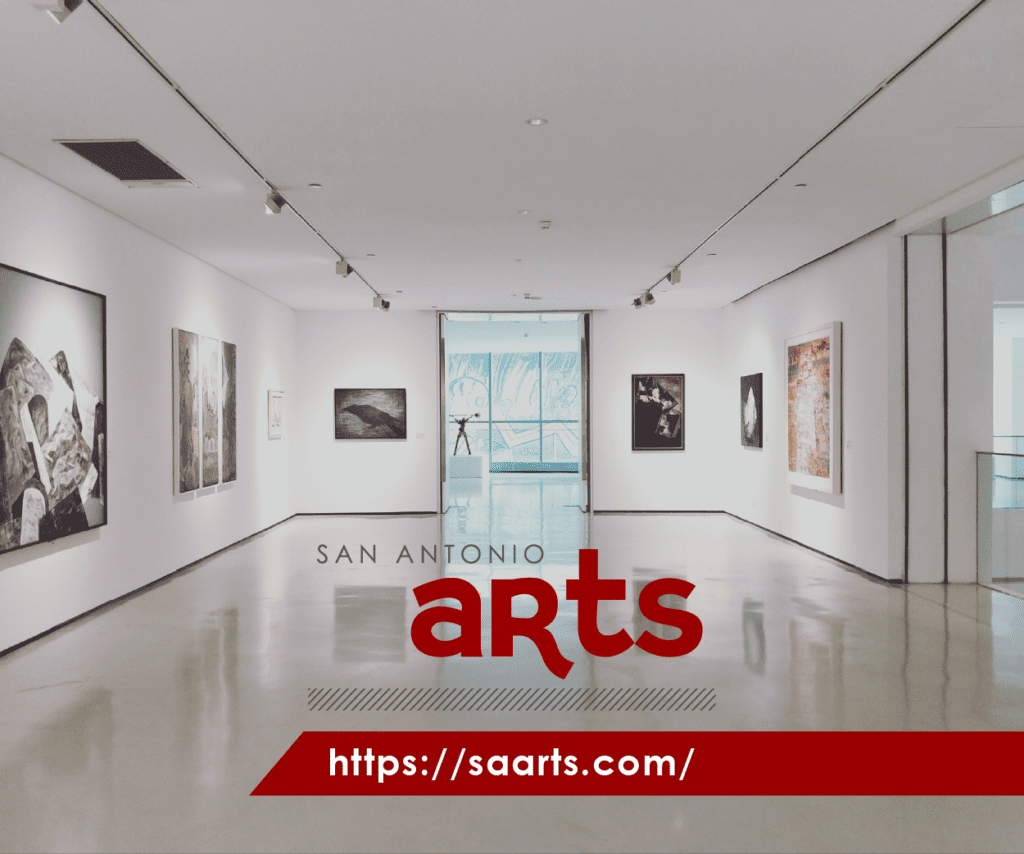
A Photographer’s Paradise – Capturing the Essence of Texas Charm
The San Antonio Riverwalk, also known as Paseo del Rio, presents an array of visual feasts for photographers at every bend. Meandering through the heart of San Antonio, Texas, this vibrant ecosystem serves not only as a social hub for dining and entertainment but also as an alluring subject for photographers of all skill levels. The Riverwalk offers stunning perspectives with its lush landscapes, dynamic cityscapes, and historic architecture. It’s a place where the interplay of natural light and the shimmering water creates an ever-changing canvas for the lens.
For the enthusiast seeking diversity in their photography portfolios, the Riverwalk does not disappoint. As they traverse the stone pathways or glide in the quiet boats along the river, they encounter a blend of old and new: towering modern buildings rise behind centuries-old missions, while romantic bridges and public artworks remind visitors of the city’s rich cultural heritage. The Riverwalk’s popularity also ensures a steady stream of characterful candid opportunities as locals and tourists alike engage with this treasured locale.
Seasons paint the Riverwalk in different hues and moods, giving photographers a chance to capture the essence of change. Spring brings vibrant wildflowers and festivals buzzing with activity, while the gentle quietude of a winter evening—with trees adorned in twinkling lights—invites introspective shots that contrast with the lively daytime scenes. Regardless of the time of year, San Antonio’s Riverwalk teems with photographic potential, each snapshot a testament to the enduring beauty and character of this picturesque urban oasis.
History and Evolution of the San Antonio Riverwalk
The San Antonio Riverwalk, known as Paseo del Rio, has transformed from a simple riverbed to a world-renowned urban waterway. It is both a testament to visionary city planning and a cherished public space that melds history with leisure.
Early Beginnings
The origins of the Riverwalk date back to the 1920s when a catastrophic flood prompted city officials to consider taming the San Antonio River. Architect Robert H. H. Hugman presented the initial idea for a river development project, envisioning a network of walkways, bridges, and commercial areas along the river’s bank. His ideas laid the groundwork for the Riverwalk, and construction began in 1939 under the Works Progress Administration.
The Riverwalk Expansion
What started as a three-mile stretch has expanded significantly over the years. Major expansions occurred in the 1960s when the Riverwalk extended to connect with the newly built Henry B. González Convention Center, and during the 1980s, linking additional areas including the Alamo. The most ambitious project, the Mission Reach, was completed in 2013, adding hiking trails, pavilions, and restoring the natural environment of the San Antonio River, further enhancing its appeal to photographers and visitors alike.
Navigating the Riverwalk
The San Antonio Riverwalk is a network of walkways along the banks of the San Antonio River, designed with ease of access and visual engagement in mind.
Landmarks and Milestones
- The Alamo: A historic Spanish mission and fortress compound, a must-see.
- La Villita: One of the original neighborhoods of San Antonio, offering a picturesque backdrop.
- San Antonio Museum of Art: A treasure trove of collections, perfect for more cultural shots.
- Pearl Brewery: A culinary and cultural destination, with architectural interest.
- The Arneson River Theater: An open-air venue that provides interesting structural elements for photographers.
Best Routes for Photography
Morning Golden Hour Route:
- Begin at The Alamo for the soft morning light.
- Walk south to capture the quaint charm of La Villita.
- Continue to the San Fernando Cathedral for architectural details.
Evening Twilight Route:
- Start at the Pearl Brewery to make use of the vibrant evening atmosphere.
- Move towards the San Antonio Museum of Art to photograph the building and its reflections on the river.
- End at The Arneson River Theater to take advantage of the theatrical lighting.
Photography Tips and Techniques
When photographing the San Antonio Riverwalk, knowing the right techniques and understanding the impact of lighting can result in captivating images.
Lighting and Time of Day
Golden Hour: For warm, glowing photos, photographers should aim for the golden hour, the period shortly after sunrise or before sunset. The Riverwalk bathes in golden hues, offering a natural filter for vivid photography.
- Blue Hour: The blue hour provides soft, diffused light and a cool tone, ideal for serene and peaceful river scenes.
- Midday Light: This light tends to be harsh and can create strong shadows, but it can also highlight the vibrant colors of the Riverwalk. A polarizing filter may help manage reflections and enhance the sky’s color.
Compositional Strategies
Rule of Thirds: By aligning subjects along the invisible lines that divide the image into thirds, photographers can create more balanced and interesting shots.
- Lead-in Lines: Utilizing the Riverwalk’s pathways, bridges, or the river itself can guide the viewer’s eye through the picture.
- Framing: Trees, archways, or even crowds can frame the main subject, adding depth and context to the photograph.
Photographers should consider these strategies to effectively capture the essence and beauty of the San Antonio Riverwalk.
Must-Visit Spots for Iconic Shots
The San Antonio Riverwalk is a tapestry of photographic opportunities, with its mix of historic buildings, lush landscapes, and vibrant cultural events. Photographers will find a wealth of subjects to capture through their lenses.
Historic Architecture
The Alamo boasts a façade that’s instantly recognizable, and early morning light offers a serene atmosphere free from crowds. Photographers should also capture the Majestic Theatre with its intricate details and signage, particularly stunning when the marquee is lit up at dusk.
Natural Scenery
Visitors will find Arneson River Theatre and the surrounding cypress-lined pathways ideal for nature shots, especially during golden hour when the light is soft and warm. The stone bridges that arch over the water provide a picturesque setting for timeless photographs.
Cultural and Festive Scenes
The vibrant Fiesta San Antonio presents a kaleidoscope of photo opportunities, with parades and people donning colorful attire. During Day of the Dead celebrations, the Riverwalk is adorned with elaborate altars and costumes, offering striking imagery against the nighttime backdrop.
Local Culture and the Riverwalk
The San Antonio Riverwalk is where local culture flourishes, offering a feast for the senses with its vibrant dining scene and rich tapestry of art and performance.
Cuisine and Dining
The Riverwalk showcases San Antonio’s diverse culinary delights, from authentic Tex-Mex to innovative fusion cuisine. Photographers will find a myriad of opportunities in the colorful presentations and bustling patio scenes.
- Casa Rio: Established in 1946, offers traditional Mexican dishes.
- Boudro’s: A bistro-style restaurant, well-known for its tableside guacamole.
Art and Performance
They can capture the essence of the city’s culture through the live performances and public art installations dotting the Riverwalk. Street performers and annual festivals provide dynamic subjects for photography.
- Arneson River Theatre: Frequent cultural dances and musical performances.
- Public Art: Including installations like “F.I.S.H.” by Donald Lipski, which are giant illuminated fish sculptures under the I-35 overpass.







